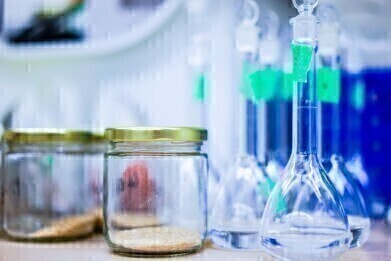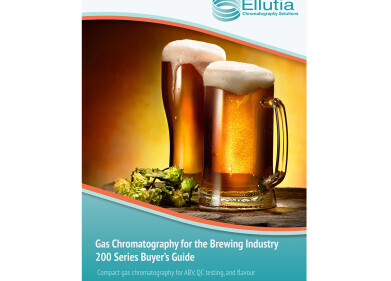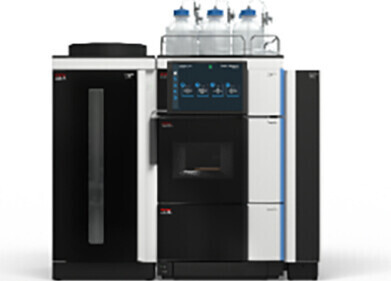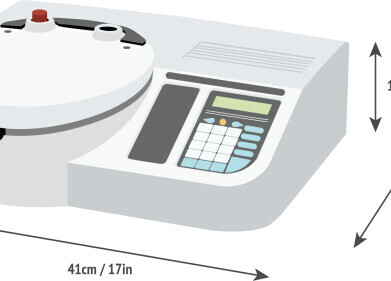Chromatography
The Two Key Stages of Bioprocessing
Dec 23 2022
From microorganisms like bacteria and fungi to enzymes, molecules and cell lines derived from living plants and animals, the natural world is rich in useful materials. Bioprocessing describes the science of identifying, extracting and cultivating these materials to manufacture useful products. These products can be anything from food, medications and vaccines to fertilisers, biofuels and industrial chemicals.
The science of bioprocessing can be divided into two key stages:
Upstream bioprocessing
The first is upstream bioprocessing, which includes the initial stage of identifying the compound of interest. For example, serum-derived bovine protein concentrates used to manufacture nutritional supplements for cancer patients. These protein concentrates are rich in immunoglobulins like IgG, which boost nutritional health and can help enhance digestive processes and gut barrier strength. Upstream bioprocessing also includes the development of methods to harvest or cultivate compounds of interest.
German-based life science company Eppendorf specialises in products designed to make this stage as fast and cost-efficient as possible. “Research and process development are key elements in the creation of improved, more rapid, and lower-cost methods for producing bio-based products,” reads the Eppendorf website. This includes technologies like single-use bioreactors, as well as advanced software platforms equipped with real-time process control features. Cutting-edge data and information management solutions are also front and centre.
Glassware is a staple in most scientific labs, including facilities carrying out upstream bioprocessing steps. Find out more about the importance of having watertight cleaning and disinfection protocols in place in ‘Why failing to decontaminate your glassware could be devastating for your research’.
Downstream bioprocessing
The second stage is downstream bioprocessing. In the Second Edition of Comprehensive Biotechnology, downstream processing is described as “the series of operations required to take biological materials such as cells, tissue culture fluid, or plant tissues, and derive from them a pure and homogeneous protein product.”
It begins with the extraction or harvest of compounds cultivated during the upstream process. Downstream bioprocessing also encompasses the purification of compounds of interest. For example, the same serum-derived bovine protein concentrates identified and cultivated during the upstream process must be purified before being used to manufacture pharmaceutical products. Packaging the finished product is another step that falls into the downstream category.
Want to know more about the different stages of bioprocessing? We cover all the steps in more detail, as well as spotlight some of the latest breakthroughs in the pharmaceutical, biofuels and food and beverage sectors, in, ‘What is Bioprocessing? Guide to Upstream & Downstream’.
Digital Edition
Lab Asia Dec 2025
December 2025
Chromatography Articles- Cutting-edge sample preparation tools help laboratories to stay ahead of the curveMass Spectrometry & Spectroscopy Articles- Unlocking the complexity of metabolomics: Pushi...
View all digital editions
Events
Jan 21 2026 Tokyo, Japan
Jan 28 2026 Tokyo, Japan
Jan 29 2026 New Delhi, India
Feb 07 2026 Boston, MA, USA
Asia Pharma Expo/Asia Lab Expo
Feb 12 2026 Dhaka, Bangladesh



















